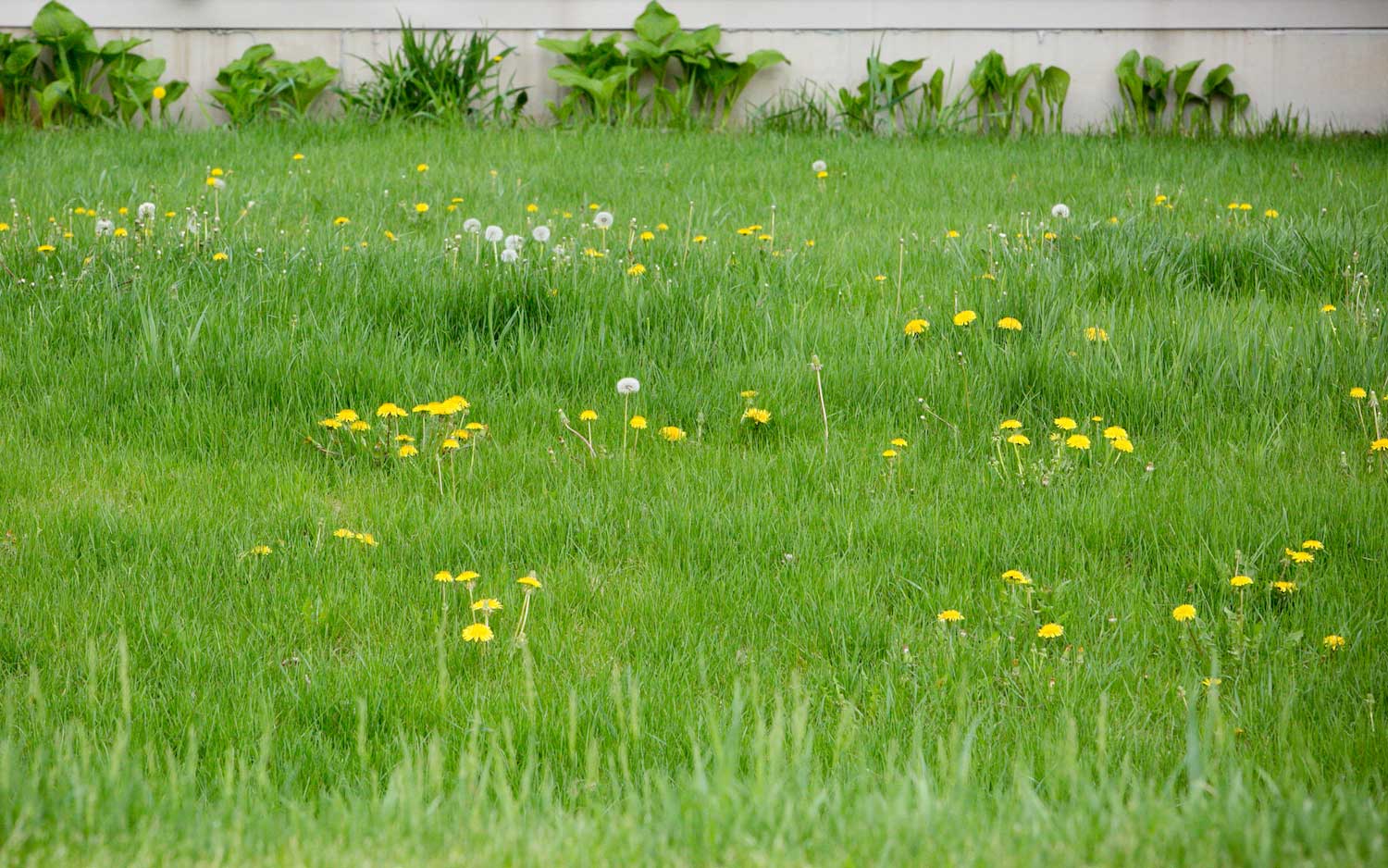Give the lawn mower a rest in May. Do it for the bees.

If you’re looking to lighten your chore list this spring, cross mowing your lawn off your to-do list, at least for the month of May. Why? For the bees.
No Mow May is an initiative of the Xerces Society's Bee City USA program after it was first popularized by the British conservation group Plantlife. The idea is to let your grass grow throughout May to create habitat and food sources for early-season pollinators, including bees and many other essential insects.
Letting your lawn grow for the month will allow plants to flower, and the nectar and pollen they produce will become a valuable food source for pollinating insects, according to the Xerces Society. In addition, the longer grass can be beneficial to invertebrates that can use it for shelter.
Why May? In many areas, including here in Illinois and the Midwest, May is the time of year when many bees come out of their nests and are in need of food as an energy supply, the Xerces Society reports. By letting the grass grow, you’re allowing for more food options for these bees, plus other insects.
Lawns require a lot of work — regular mowing at a minimum and watering, weeding, fertilizing and more if you’re so inclined. The problem is that Americans expend a lot of energy to maintain well-manicured lawns, but all that grass is of little benefit to wildlife.
Aside from a weed here or there, wide expanses of grass are essentially monoculture, or the cultivation of a single crop. In fact, grass is the largest irrigated crop grown in America, accounting for 2% of all U.S. land, or 40 million acres in all.
And our lawns aren’t a good place for wildlife. They don’t provide nectar and pollen for insects and other wildlife, and animals can’t use these large grassy expanses for shelter. While you may not consider it as such, when you hear about the impacts of habitat loss on wildlife, this includes converting land into grass-covered lawns, according to the Xerces Society.
Groups that promote No Mow May recognize that many people cannot simply let their yards go wild for an entire month because of local ordinances and homeowner association rules. This is why they've also adopted the practice of Low Mow May, which encourages people to reduce their mowing schedule during May. In addition, some cities and towns have opted to suspend enforcement of rules regulating grass length during the month of May. Such is the case in nearby Western Springs, in Cook County. Even if your town isn't as accepting of No Mow May, you may be able to participate in some way. Maybe you can’t let your front yard go, but even letting your backyard or a small out-of-sight corner of your yard grow for the month will be beneficial.
You can also support the initiative by making your yard more pollinator-friendly in general by removing sections of grass and replacing them with other plants, including native species, that will provide a good food source and shelter for all manner of insects. Even adding some potted plants or window boxes will do some good in providing food and habitat for these beneficial creatures.
If you like being liberated from regular mowing, consider getting rid of your lawn altogether. It sounds extreme, but there are alternatives to turfgrass that have the look and feel of a grassy lawn without using grass at all. One such option would be clover, which will blanket your yard in green but won’t have to be mowed nearly as often as grass, TreeHugger reports.
Clover won’t grow more than 8 inches tall, so you’ll only have to mow it a few times a season. Plus it doesn’t have to be fertilized, won’t need herbicides or pesticides and will help pollinating insects, according to TreeHugger.
